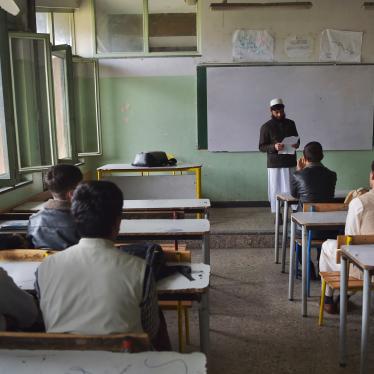What do Cambodia, Indonesia, Laos, Myanmar, Nepal, North Korea, Pakistan, and Vietnam have in common?
The answer is tragic.
There’s compelling evidence that all have become source countries for a brutal business – the trafficking of women and girls for sale in China as brides.
In China, the percentage of women has fallen steadily since 1987. Researchers estimate that China now has 30 to 40 million “missing women,” an imbalance caused by a preference for boys and exacerbated by the “one-child policy,” in place from 1979 to 2015, and ongoing restrictions on women’s reproductive rights. This gender gap has made it difficult for many Chinese men to find wives and has fueled a demand for trafficked women from abroad.
Human Rights Watch documented bride trafficking in Myanmar, where each year hundreds of women and girls are deceived through false promises of employment into traveling to China, only to be sold to Chinese families as brides and held in sexual slavery, often for years. Most were pressured to become pregnant as quickly as possible; some were compelled to undergo forced fertility treatment. Those who had children and were lucky enough to escape could usually only do so by leaving their children behind. Several of the women we interviewed had been trafficked more than once.
Since Human Rights Watch began researching trafficking to China more than three years ago, reports have indicated that it is also occurring in additional countries and that their number is growing. These countries urgently need to act to prevent trafficking, work with Chinese authorities to recover women and girls who are victims, and assist survivors, who often grapple with devastating trauma and struggle to meet their basic needs. Concerned governments should raise this issue vigorously and often, including with their local Chinese counterparts, demanding prompt action by the Chinese government to end this trade.
And other Asian countries should watch carefully to make sure they’re not the next to be added to this list.




![“Then the Chinese man said, ‘If you do not marry a man, the money we spent on you to bring you here…was 3000 Yuan and as you have already stayed here for 10 days, 4000 Yuan [US$637] is needed to give me back now. Right now, count the money to give me.](/sites/default/files/styles/square/public/multimedia_images_2019/201903wrd_myanmar_photo5.jpg?itok=9vcvRAeo)




